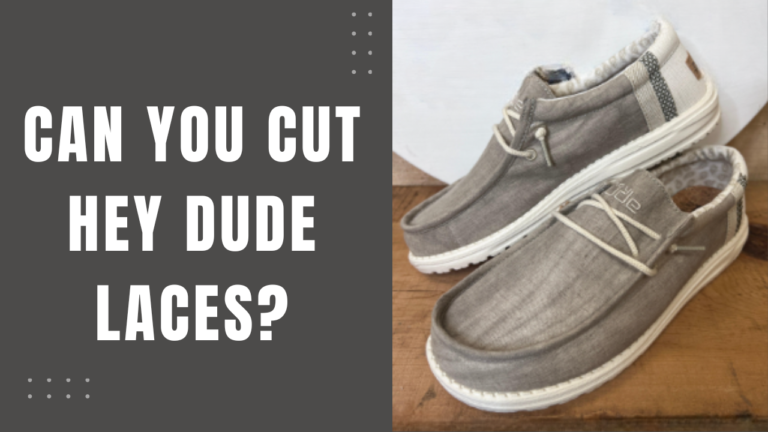How to Determine if You Need a Wide or Narrow Shoe
Are you tired of constantly having to deal with blisters, discomfort, and other foot issues when wearing shoes? If so, it might be time to consider whether you need a wide or narrow shoe.
Finding the right fit is crucial for your overall foot health and comfort, and it can make a big difference in your daily activities. But how do you know if you need a wide or narrow shoe?
In this article, we’ll delve into the factors that can affect shoe width, how to measure your foot width, and tips for choosing the right shoe width.
Factors that Affect Shoe Width
There are several factors that can affect the width of your shoes and how well they fit your feet. These include:
Foot shape and size: The shape and size of your feet can play a significant role in determining whether you need a wide or narrow shoe.
For example, if you have a high arch or a wider foot, you may need a wider shoe to accommodate the extra volume. On the other hand, if you have a low arch or a narrower foot, a narrow shoe may be more suitable.
Arch type: The shape of your arch can also impact the width of your shoes. People with high arches often need more support and cushioning, which may require a wider shoe.
Those with low arches may benefit from a more flexible, narrow shoe that allows their feet to move more naturally.
Previous foot injuries or conditions: If you have any previous foot injuries or conditions, such as bunions or plantar fasciitis, you may need a wider or narrower shoe to accommodate these issues.
Personal preference: Ultimately, the width of your shoe is a matter of personal preference. Some people may prefer a wider shoe for extra room and comfort, while others may prefer a more snug fit with a narrower shoe.
How to Measure Your Foot Width
Accurately measuring your foot width is an important step in finding the right fit for your shoes. Here are a few methods you can use to measure your foot width:
Using a Brannock device: A Brannock device is a tool specifically designed to measure your foot length and width.
You can find these devices at most shoe stores and specialty foot clinics. Simply place your foot on the device and follow the instructions to measure the width of your foot.
Measuring the width of your feet at home: If you don’t have access to a Brannock device, you can also measure the width of your feet at home using a ruler or tape measure.
To do this, trace the outline of your foot onto a piece of paper and measure the distance between the widest points of your foot (usually the ball of the foot and the base of the toes).
Comparing your foot measurements to shoe size charts: Once you have your foot measurements, you can compare them to shoe size charts to determine your shoe width.
Most shoe size charts list the corresponding foot width for each shoe size, so you can find the width that best matches your foot measurements.
Keep in mind that different brands and types of shoes may have slightly different sizing, so it’s always a good idea to try on shoes before purchasing them.
How to Choose the Right Shoe Width
Now that you know your foot width and have a general idea of what shoe width you need, it’s time to start shopping for the right pair of shoes. Here are some tips for choosing the right shoe width:
- Try on shoes and walk around in them: The best way to determine if a shoe fits properly is to try it on and walk around in it. Pay attention to how the shoe feels on your foot and whether there is any discomfort or slippage.
- Consult with a footwear specialist or podiatrist: If you’re having trouble finding shoes that fit properly, you may want to consider consulting with a footwear specialist or podiatrist.
- Consider the intended use of the shoes: When shopping for shoes, it’s important to consider how you’ll be using them. If you’re planning on running or participating in other high-impact activities, you’ll want to look for shoes with extra support and cushioning.
Conclusion
In conclusion, finding the right shoe width is essential for optimal comfort and support. By considering factors such as your foot shape and size, arch type, and any previous foot injuries or conditions, you can determine whether you need a wide or narrow shoe.
Measuring your foot width using a Brannock device, at home, or by comparing your measurements to shoe size charts can also help you find the right fit.
And by trying on shoes and consulting with a footwear specialist or podiatrist, you can ensure that you’re getting the right shoe width for your needs. Don’t underestimate the importance of a proper fit – your feet will thank you!

Hi there, my name is Aditya and I am a runner, NASAM certified coach, and a fitness and nutrition enthusiast. Running has been my passion for as long as I can remember, and I am truly grateful that I get to pursue it every day. When I’m not coaching or running, you can often find me admiring my collection of running shoes. My love for shoes started at a young age, and I have since grown a collection that I am proud of.


